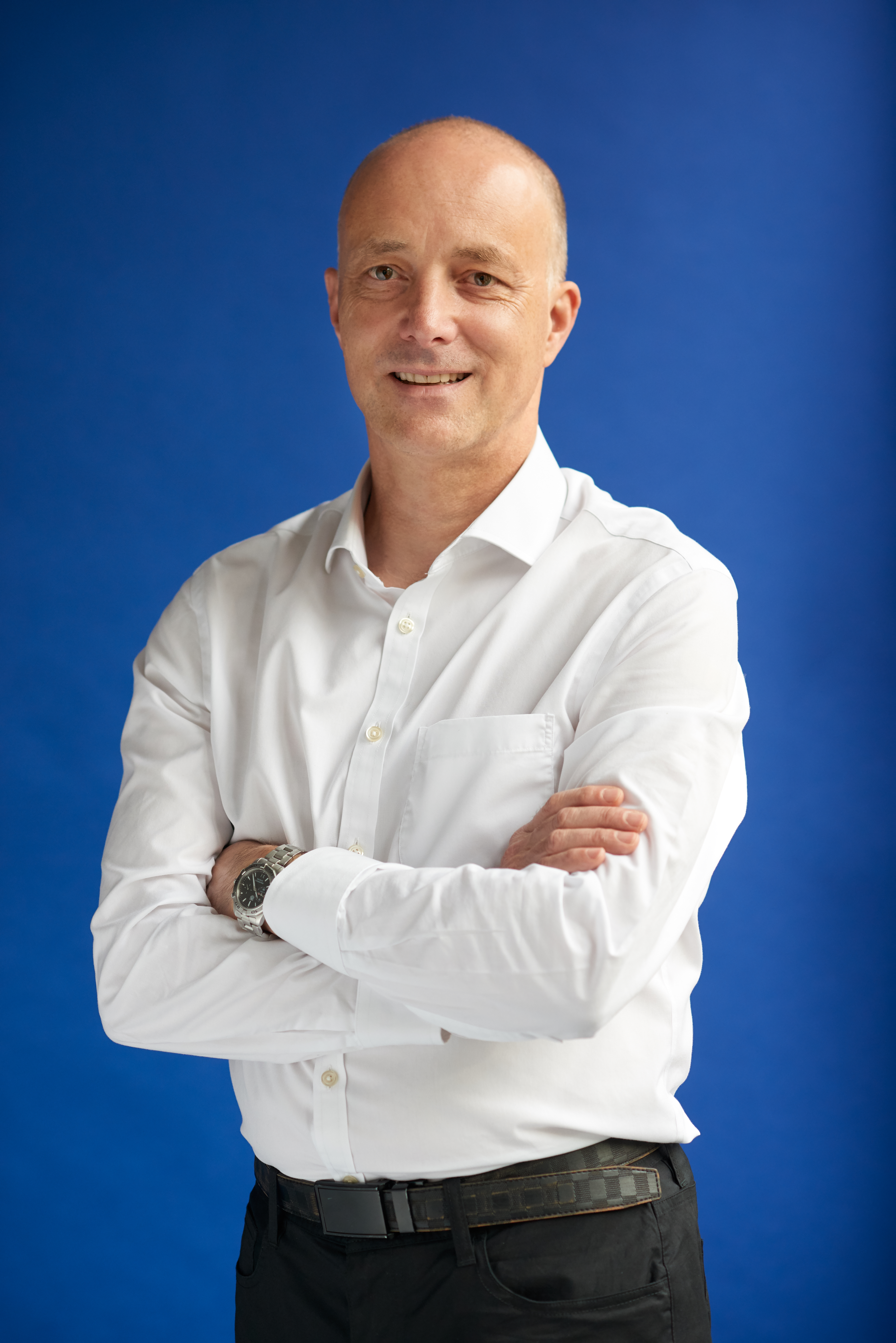Subscriptions make payment digitization imperative

Last editedFeb 20213 min read
Rethink Your Payment Strategy To Save Your Customers And Your Bottom Line
The payments function is at a unique inflection point, under pressure from several influences.
First, business buyers are themselves consumers, and they expect the same quality of payment experience as they see in their consumer lives. That means they want seamless, digital payments.
Second, the COVID-19 pandemic has made paper processes all but impossible. When offices are closed, who is there to cash a check? It has highlighted the unnecessary effect of manual work on already under-resourced payment teams.
And then there is the evolution of the subscription-based business, where payments are not just core to profitability, but a key touchpoint with the customer. In recurring payments businesses, payments are a key part of customer service. Combined, these forces are accelerating digitalization within the payment landscape.
To find out how US business leaders are dealing with these seismic changes, GoCardless commissioned Forrester Consulting to survey 297 payment decision-makers in US B2B and B2C firms or B2B-only firms. We found that recurring B2B payments are pushing US firms to modernize their payments technology and update their payments operations.
The ‘as-a-service’ business model is going mainstream…
US business decision-makers are taking ‘as-a-service’, subscription and recurring payments seriously. It’s no longer just for software companies. It’s a model which improves customer experience and retention, and – executed correctly - can generate strong and predictable revenues. We found that:
More than 70% of US business leaders plan to change their business model for selling products or services as part of their payment strategy in the next one to five years — or are currently changing it.
And over 60% of US decision-makers plan to upgrade to or implement a pull-based payment solution in the next 12 months or are already in the process of doing so.
Customers and vendors are digitizing.
The recurring payment method mix is evolving, with a shift away from checks. With technology advancements in digital payments, checks are becoming burdensome for US firms in comparison. The COVID-19 pandemic has only amplified the urgency to modernize payments.
B2B customers are embracing ACH debit (70%) more than check payment (64%). Payment decision makers at B2C firms cite card (76%) and digital wallets (71%) as their top payment methods.
It’s a journey: payments are still challenging.
Despite plenty of investment, most firms still face challenges taking payments.
Manual processes: Almost 85% of respondents say they have more than 20 FTEs managing payments.
Slow payment intake. Over half of US respondents report that time to receive payments has increased in the last 12 months, with almost 80% saying it takes them more than 20 days.
Excessive administrative costs. All US decision-makers say their administrative costs have increased in the last 12 months; for most (70%), these costs have increased by 11% or more.
Payment failures are particularly challenging in business models which rely on recurring payments:
Cost of payment recovery. Over half of decision-makers at B2B and B2C firms say the average cost of recovery for their usage or consumption-based payment model is over 11% of the average payment size, rising to 16%-20% for B2B-only firms. Failed payments also lead to significant bad (i.e. uncollectible) debt.
Customer churn. Two-thirds of US decision-makers report that 11% or more of their payment failures resulted in churn in the last 12 months. For a subscription business, that means the loss of future subscription revenues which might entirely negate the profitability of the customer.
But everyone sees the value of recurring payment solutions.
An extraordinary 100% of our respondents said they expect their firm to benefit from recurring payment solutions, including:
Improved payments success and customer retention. Over 40% of respondents believe a recurring payments tool can support customer retention, improve sales, and reduce overall payment failure.
Facilitating international expansion. US business leaders expect recurring payment solutions to enable easier market entry into new countries (36%) while also facilitating compliance with local regulations (34%).
Improved operations, cost, and cash flow. Decision-makers are optimistic that this sort of solution will also improve efficiency by reducing DSO (44%), the time it takes to reconcile payments (34%), and the time required to chase unpaid invoices (40%).
What should you do now?
Keep payments on the agenda. New payment methods are gaining traction in both B2B and B2C contexts, and adoption has only accelerated in the COVID-19 pandemic. Prioritize (or incentivize customers to use) methods that positively impact KPIs like failure rates, DSO, and cost of recovery.
Elevate your payments team. Most of the merchants in our study have large payment teams that spend their time on tactics like chasing unpaid invoices. But payments can make or break the profitability of a subscription business, so your payments team should be a key element of your growth strategy.
Look for payment technology with recurring payments in its DNA. Recurring payment solutions appreciate that every transaction contributes to a long-term customer relationship.
Seek vendor partners with relevant global expertise. Find a payments partner with the domain expertise and experience in the relevant countries for your business.
METHODOLOGY: Forrester interviewed 700 payment decisionmakers at B2B and B2C or B2B-only firms in the UK, US, Australia, France, and Germany to evaluate the state of recurring payments across the globe. Of these decisionmakers, 297 were from the US, and these form the basis of this report. Survey participants included decision-makers who had over five years of experience in payments at functional practitioner level and above. Questions provided to the participants asked about their recurring payments strategies. The study began in July 2020 and was completed in October 2020.

